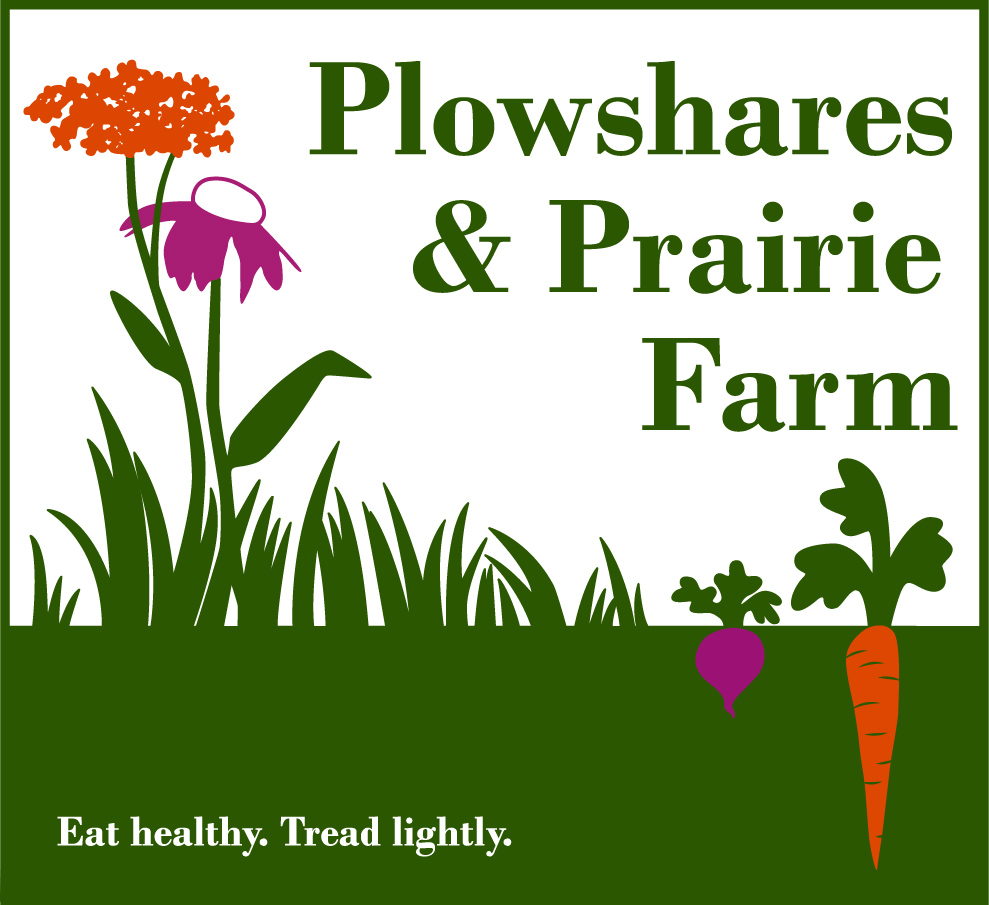Pepper
About
Peppers are part of the Solanaceae (or nightshade) family that also includes tomatoes, potatoes, and eggplants, among others. Native to the Americas, peppers are now widely used in diets worldwide and come in many shapes and sizes (and degrees of heat). Sweet bell peppers start out green and when left on the plant will mature into a variety of colors such as red or yellow. There are also many varieties of hot peppers that are used for seasoning, stuffing, and hot sauces and curries. The substance that causes heat in peppers is called capsaicin, and different pepper varieties fall in distinct ranges. The Scoville scale is used to measure the heat in peppers; Scoville heat units (SHUs) represent the amount of capsaicin in the peppers. As peppers mature and become red, they also generally become slightly sweeter and hotter than their green versions. Pepper seeds and inner ribs are the hottest parts. Peppers do not tolerate cold temperatures and plants will die with the first frost. Most peppers have high amounts of vitamins A, C, and E, as well as iron and potassium.
Storage
Peppers can be refrigerated (unwashed) in the hydrator drawer for a couple weeks. For longer-term storage, they can be diced and frozen in an airtight bag.
Recipes
General Tips
Bell peppers are most nutritious raw – try them as a crunchy snack with a dip, on a sandwich, or diced in salad. Peppers are also delicious additions to sautés, omelets, quiches, casseroles, salsas, and soups. Peppers can also be roasted and/or stuffed. For very hot peppers, it is recommended to wear gloves to avoid a burning sensation on hands or any other body part you touch (watch out when removing contacts!).
Poblanos Rellenos
15 sundried or other dried tomato slices
1 ½ tablespoons canola or corn oil
20 pecans or walnuts, chopped
4 garlic cloves, minced
Kernels from 3 ears corn (about 1 2/3 cups)
½ teaspoon salt
Freshly-ground black pepper, to taste
6 ounces soft, mild chevre
1 cup cottage cheese
½ cup grated Monterey Jack or cheddar cheese
8 small poblano peppers (or 4 green bell peppers, or 8 Anaheim peppers)
Bring 2 cups water to a boil, and pour the water over the dried tomatoes in a small bowl. Let the tomatoes sit in the hot water for 10 minutes. Drain the tomatoes, and chop them fine. While the dried tomatoes are soaking, heat 1 tablespoon of the oil in a skillet, and add the pecans or walnuts. Cook them over low heat for 3 minutes, shaking the pan from time to time, until the nuts taste toasted; be careful not to burn them. Add the garlic, chopped dried tomatoes, and corn to the mixture. Cook an additional 2-3 minutes over medium heat, stirring. Remove the pan from the heat, and add the salt and pepper. Crumble the goat cheese into the mixture, and fold in the cottage cheese and Jack or cheddar cheese. Preheat the oven to 350°F. To stuff the peppers, remove the stem, core, and seeds of each pepper without puncturing the sides. Stuff the peppers loosely with the filling, distributing it equally among the peppers. Coat a casserole dish with the remaining ½ tablespoon of oil, and lay the stuffed peppers in the dish. Add a scant ¼ cup water, and cover the dish with a lid or foil. Bake the peppers for 30-45 minutes (bell peppers take longer than poblanos), until tender. Serve the peppers immediately.
(Original recipe from Vegetarian Planet by Didi Emmons.)
Shishito Peppers
1 pint shishito peppers
2 T. olive oil
1 tsp. lemon juice
Sea salt, to taste
Heat olive oil in a wide sauté pan over medium heat. Add whole peppers, turning frequently until they begin to blister (10-15 minutes). To finish, toss with lemon juice and sea salt. Grab by the stem and snack on the rest of the crispy pepper!

